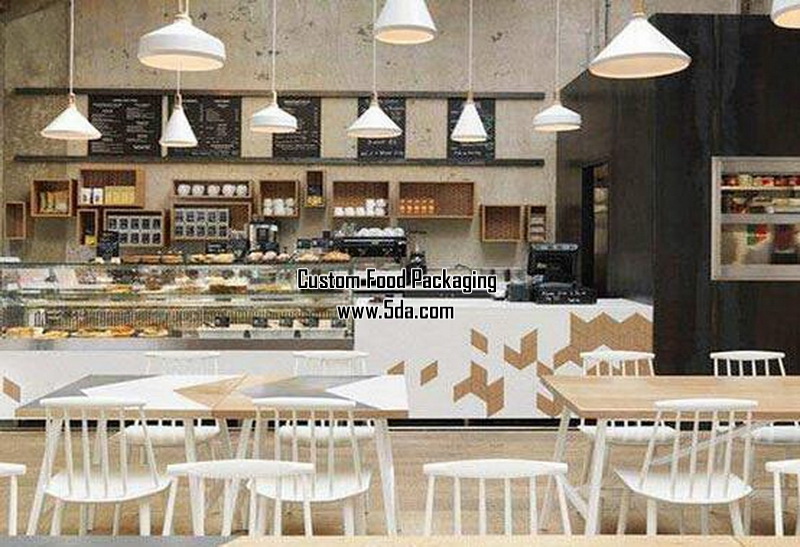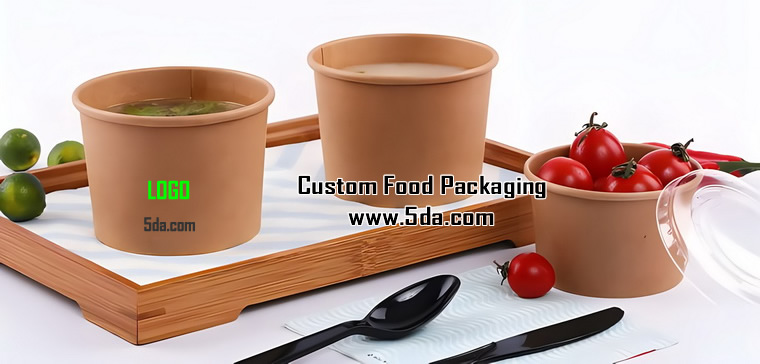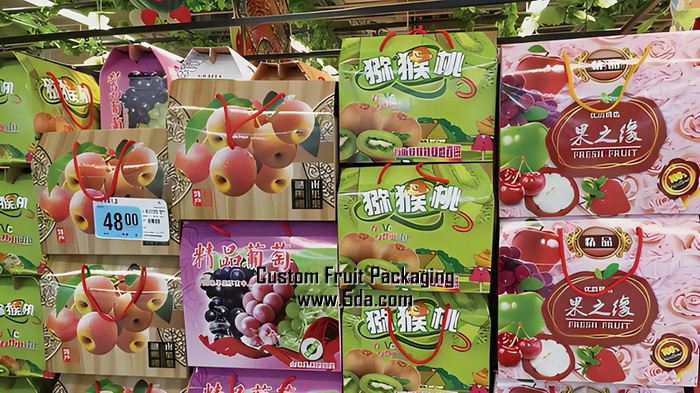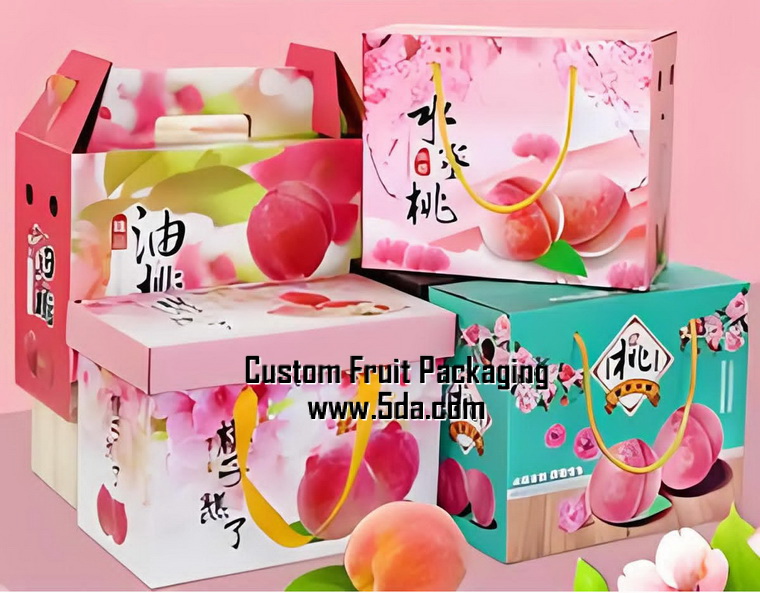How Sustainable Takeout Packaging Evolved from the Paper Bag
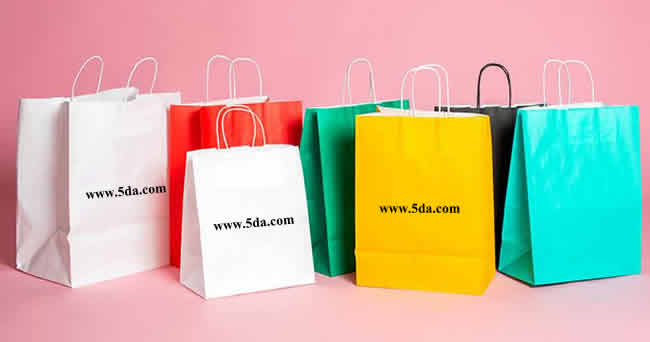
How Sustainable Takeout Packaging Evolved from the Paper Bag
The humble paper bag-once a simple vessel for groceries and lunches-has ignited a revolution in food packaging. Born from early 20th-century efficiency and popularized by chains like McDonalds, its legacy extends far beyond convenience. Today, it serves as the conceptual foundation for an entire ecosystem of sustainable takeout solutions driven by material science, smart technology, and circular economics. This evolution responds to a dire environmental imperative: packaging waste now dominates landfills and oceans, with food delivery alone generating billions of single-use containers annually. Here's how we progressed from paper sacks to planet-conscious systems.
Phase 1: The Paper Bag's Legacy and Early Limitations
Paper bags dominated early takeout for good reason: they were biodegradable, renewable, and relatively low-cost. Their simplicity masked hidden inefficiencies, however. Traditional paper struggled with grease resistance (often requiring plastic lining), offered poor structural integrity for liquids or complex meals, and consumed significant resources in production. As delivery services exploded-particularly after 2020-these weaknesses intensified waste streams. Though better than plastic, unreinforced paper alone couldn't solve the crisis. Market demand surged for higher - performance alternatives, pushing innovators to reimagine paper's potential while preserving its eco-advantages.
Phase 2: Material Innovation - Reinventing Paper for Modern Needs
The second wave focused on augmenting paper's functionality while enhancing sustainability:
High-Barrier Paperboards: Companies like Tetra Pak pioneered paper-based barriers to replace plastic laminates. Their Tetra Brik® Aseptic 200 Slim Leaf carton uses 90% renewable materials (up from ~75% in older versions), reducing its carbon footprint by 33% while maintaining sterility for liquids like milk.
Plant-Based Coatings: Polylactic acid (PLA), derived from corn or sugarcane, emerged as a biodegradable moisture barrier. While promising, Milan University studies later revealed PLA-coated boxes achieved only 76% anaerobic digestion degradation vs. 92% for pure paper8, highlighting trade-offs between compostability and functionality.
Recycled & Hybrid Materials: Brands like OZZI introduced reusable containers blending 20-30% recycled plastics4, while Recirclable and Clean Water Action piloted stainless-steel systems for durability.
Phase 3: Technology-Driven Optimization - Beyond the Bag
Smart engineering minimized material use while maximizing efficiency:
AI-Powered Sizing: E-commerce giants like Taiwan's momo deployed AI-driven packaging systems that analyze product dimensions to fit orders into optimally sized boxes. This slashed cardboard use by 30% and cushioning materials by 37.7%.
On-Demand Manufacturing: Machines like Quadient's CVP Impack create custom-sized boxes in seconds using 3D scanning, eliminating filler needs and cutting shipping volume by 50%.
Supply Chain Upgrades: Shifting from polystyrene foam to paperboard cut one company's emissions from 1.16 kg CO₂/kg to 0.94 kg CO₂/kg-plus a 10% freight cost reduction due to compact sizing5.
Phase 4: Circular Systems - Closing the Loop
The biggest leap beyond paper bags has been transitioning from disposable to reusable or reprocessed models:
Reusable Container Hubs: Programs like UMass Boston's "Green to Go" offer deposit-based containers reused hundreds of times4. Startups like Deliver Zero (now part of Minnow) scaled this across NYC restaurants via centralized washing logistics.
Closed-Loop Recycling: Nespresso and Nestle developed take-back networks converting used coffee capsules into products like pens or garden pots. Nestle now reports 86.6% of its packaging is reusable, recyclable, or compostable6.
Consumer Incentives: Momo's "Green Membership" rewards customers accepting recycled packaging or consolidated deliveries, eliminating 200,000+ boxes in just four months1.
Phase 5: Policy as Catalyst - Global Standards Emerge
Regulations are accelerating adoption, particularly in the EU:
The Packaging and Packaging Waste Regulation (PPWR) mandates all EU packaging be recyclable by 2030 with recycled content minimums9.
Corporate Sustainability Reporting (CSRD) forces transparency on environmental impacts, pushing brands toward "true pricing" that accounts for waste footprints.
Bans on Problem Plastics: Cities like Portland (OR) and states like New Jersey prohibit polystyrene takeout containers, funneling demand toward paper-based solutions.
The Future: Intelligent, Integrated, and Waste-Neutral
Emerging trends point toward a seamless fusion of sustainability and convenience:
Smart Packaging: Sensors monitoring temperature/freshness (e.g., photonic circuits in labels) could reduce the 1.3 billion tons of annual food waste.
Biodegradable "Living" Materials: Mycelium (mushroom root) and seaweed-based packages offer home-compostable alternatives.
Market Expansion: The paper bag market will hit $9.27 billion by 2030 (5.8% CAGR), driven by hybrids like Mondi's reusable kraft-paper bags.
From its origins as a practical sack, the paper bag has evolved into a symbol of systemic change. Its true legacy lies not in the material itself, but in sparking a reimagining of packaging's role: from a one-way waste stream to a regenerative cycle where every container is designed for recovery, reuse, or return to the earth. The revolution it began is now hurtling toward a future where takeout leaves no trace-except perhaps on our taste buds.



